History

The Owens Thomas House – Our First Bad Experience in Savannah
We had been excited to get into the old homes of Savannah, especially after our experience at the Scarborough House. So it was with high expectations that we visited the Owens-Thomas House on Oglethorpe Square. Unfortunately, our high expectations weren’t met, this time.
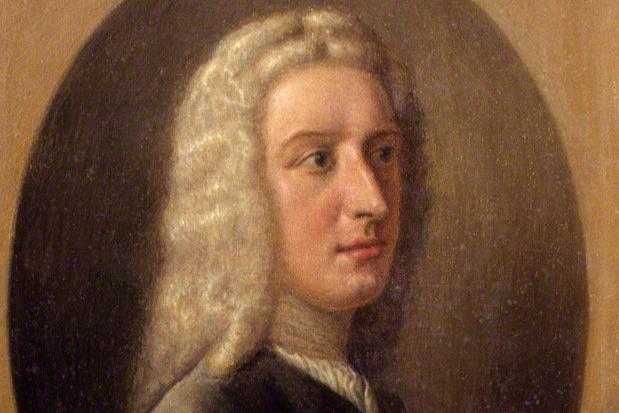
No Liquor! No Slaves! No Lawyers! No Catholics!
When he founded Savannah, the capital of his newly chartered colony of Georgia, James Oglethorpe had some utopian ideas. His planned city would be built around four squares and four simple prohibitions. No rum. No slavery. No lawyers. No Papists.
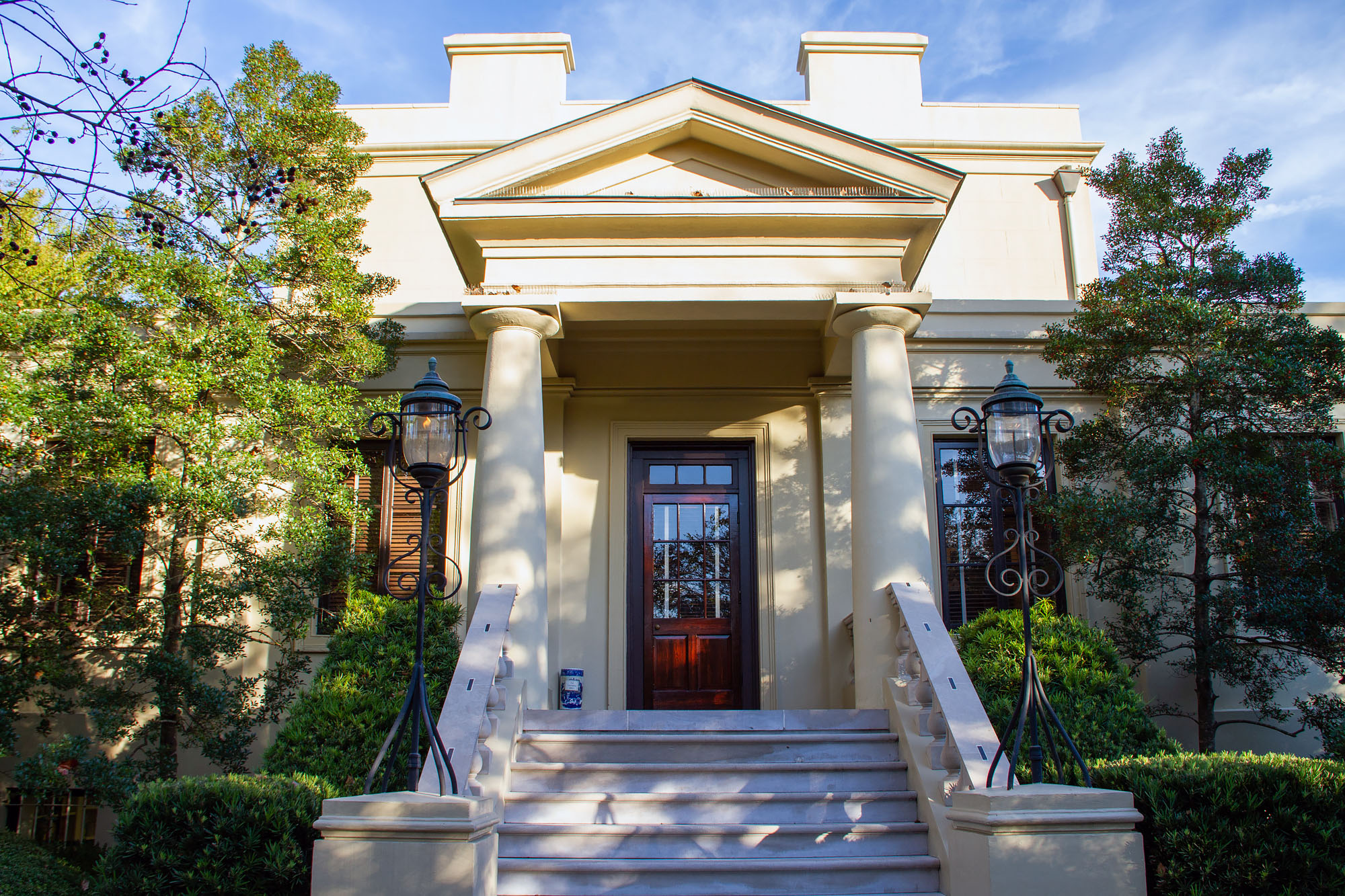
The Scarborough House: Ships of the Sea
William Scarborough was an early American from North Carolina, who made his fortune in shipping. He was perhaps best known as the mastermind behind the famous S.S. Savannah, the first steamship to successfully cross the Atlantic.
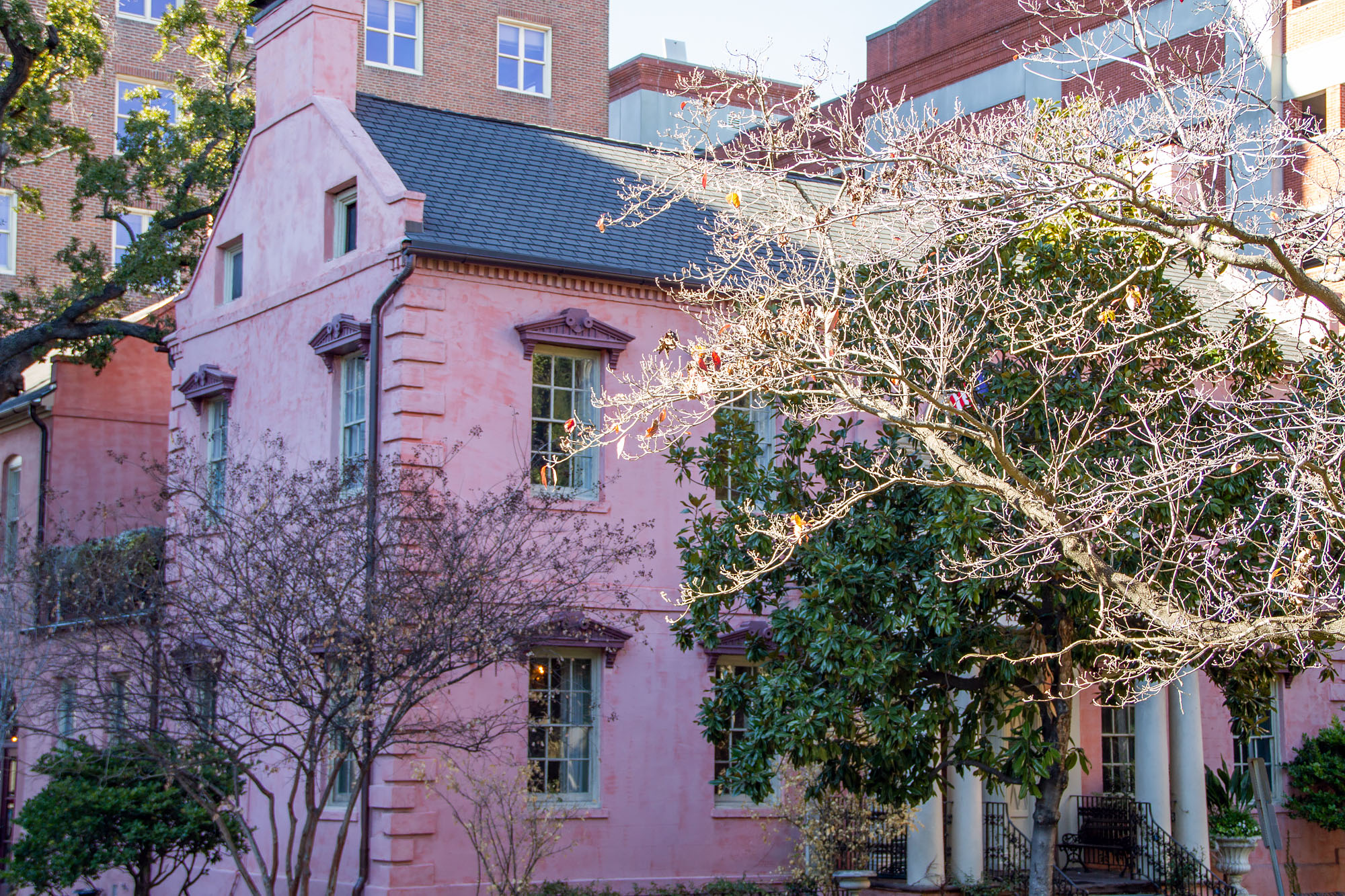
Fine Dining at The Olde Pink House
The Olde Pink House, on the western side of Reynolds Square, was built in 1771 and is the oldest surviving mansion in all of Savannah. Today, it’s one of the city’s most beloved restaurants, and is also home to a popular bar on its bottom floor.
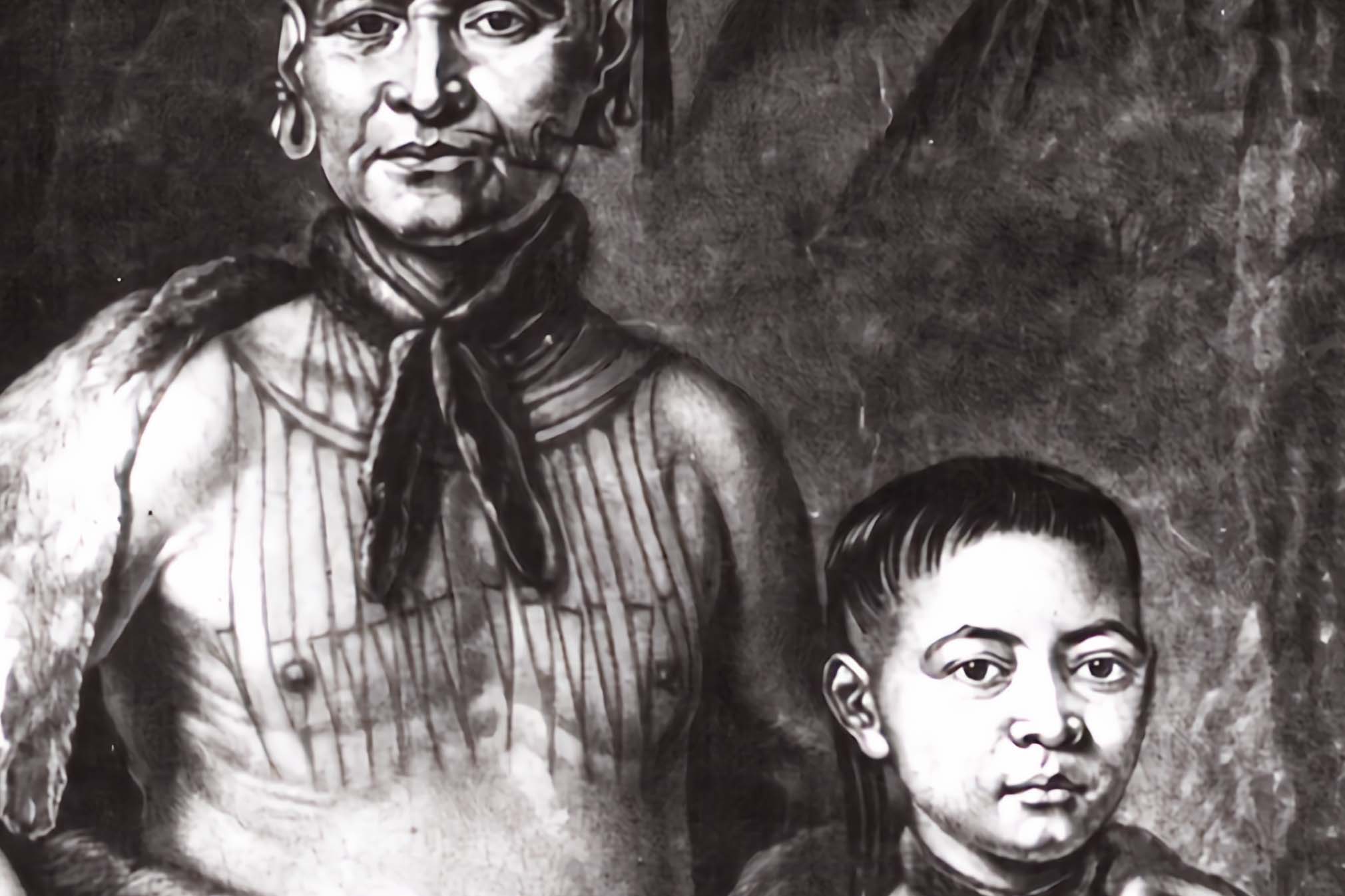
Oglethorpe & Tomochichi: Savannah’s Bestest Buddies
James Oglethorpe is the founder of Georgia. A Briton born in Berlin, he made his name as a soldier and eventually became a member of Parliament, where he successfully lobbied for the creation of a 13th colony, foreseen as a buffer to protect the lucrative Carolina colonies from Spanish Florida.
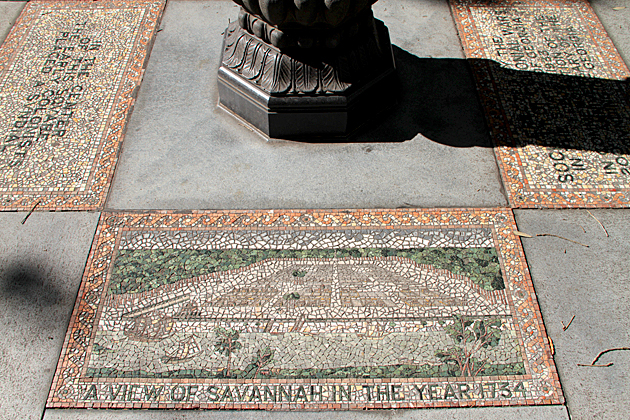
The 24 Squares of Savannah
At the time of its founding in 1733, Savannah was the first North American city planned around public squares. General Oglethorpe’s grand design for his new capital called for four squares to serve as gardens and meeting areas. The western and eastern sides of each square were reserved for public buildings, such as churches and…

